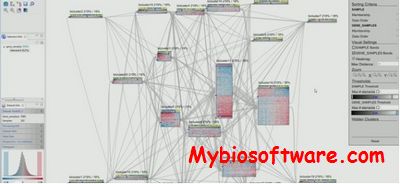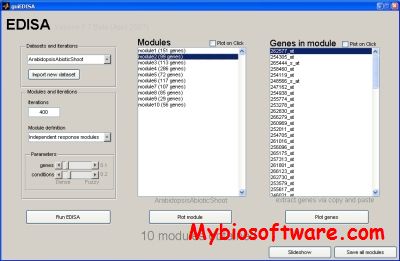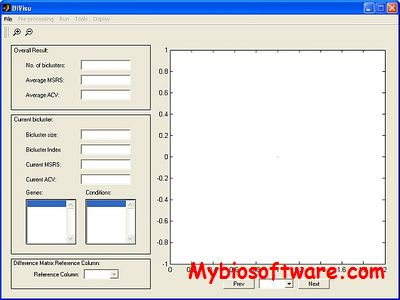FABIA 2.20.0
:: DESCRIPTION
FABIA (Factor Analysis for Bicluster Acquisition) is a model-based technique for biclustering, that is clustering rows and columns simultaneously. FABIA is a multiplicative model that assumes realistic non-Gaussian signal distributions with heavy tails. FABIA utilizes well understood model selection techniques like variational approaches and applies the Bayesian framework. The generative framework allows FABIA to determine the information content of each bicluster to separate spurious biclusters from true biclusters. On 100 simulated data sets with known true, artificially implanted biclusters, FABIA clearly outperformed all 11 competitors. FABIA was tested on microarray data sets which known, biological verfified subclusters and performed on average best out of 11 biclustering approaches.
::DEVELOPER
Institute of Bioinformatics, Johannes Kepler University Linz
:: SCREENSHOTS
N/A
:: REQUIREMENTS
:: DOWNLOAD
 FABIA
FABIA
:: MORE INFORMATION
Citation
Sepp Hochreiter, Ulrich Bodenhofer, Martin Heusel, Andreas Mayr, Andreas Mitterecker, Adetayo Kasim, Tatsiana Khamiakova, Suzy Van Sanden, Dan Lin, Willem Talloen, Luc Bijnens, Hinrich W.H. Göhlmann, Ziv Shkedy, and Djork-Arné Clevert.
FABIA: Factor Analysis for Bicluster Acquisition,
Bioinformatics 2010, 26(12):1520-1527,





